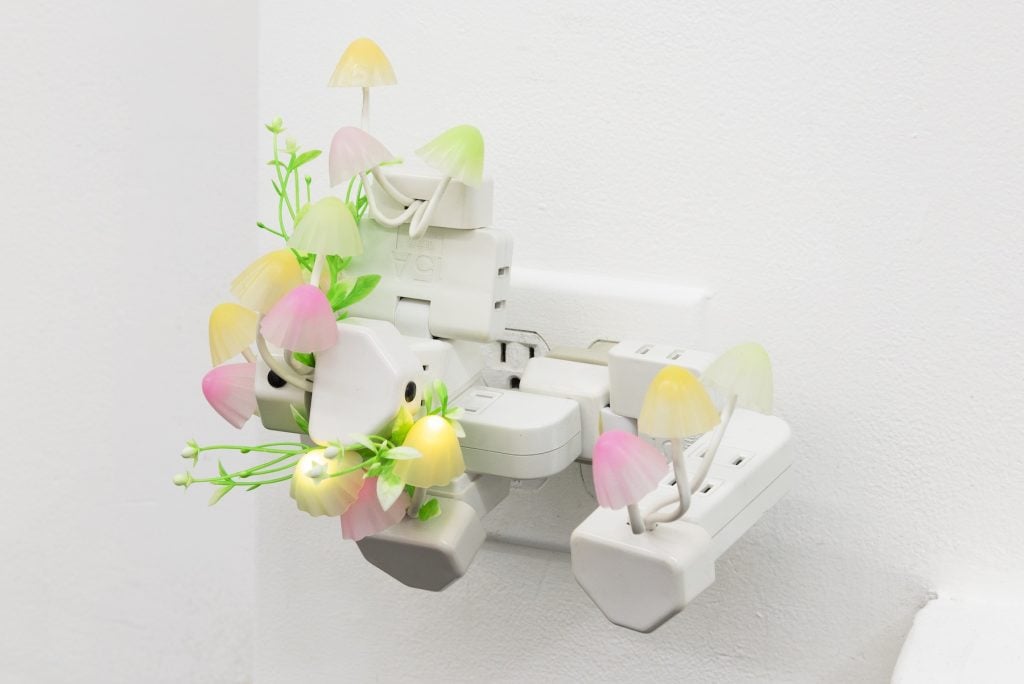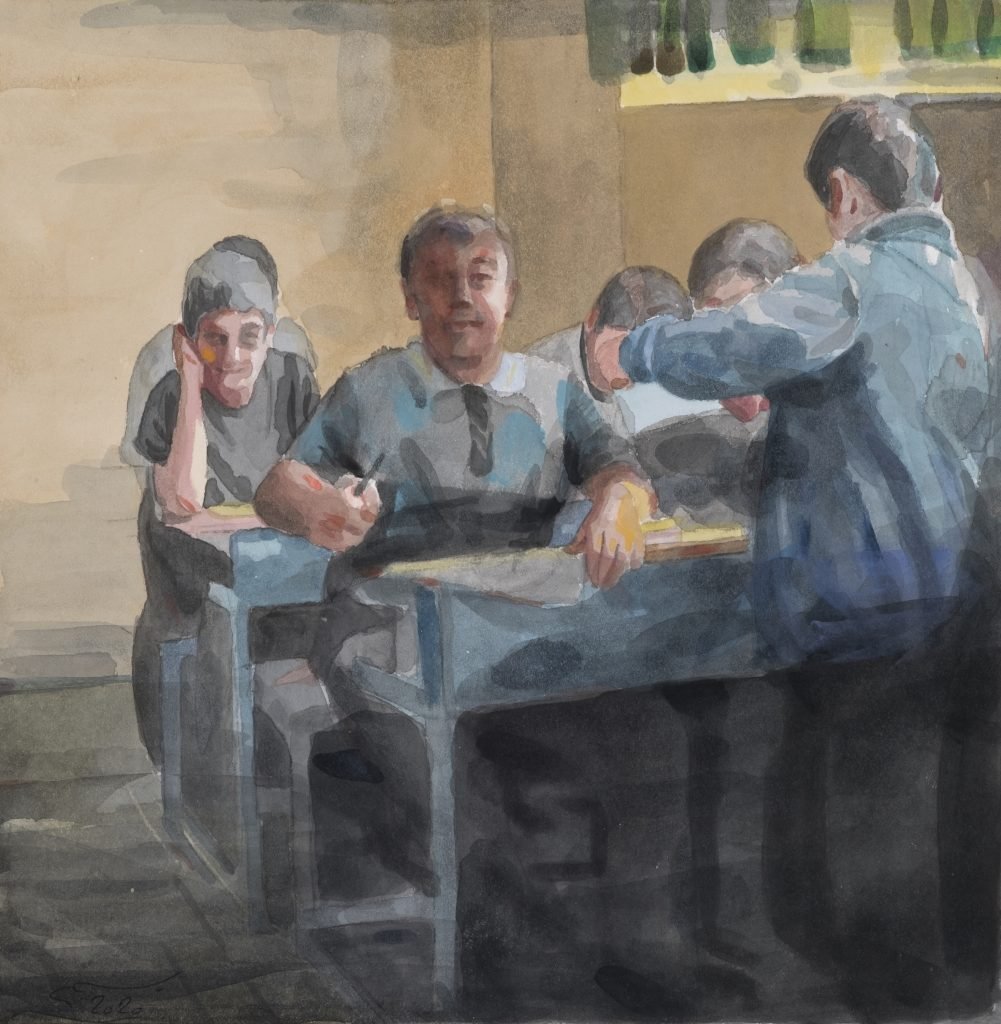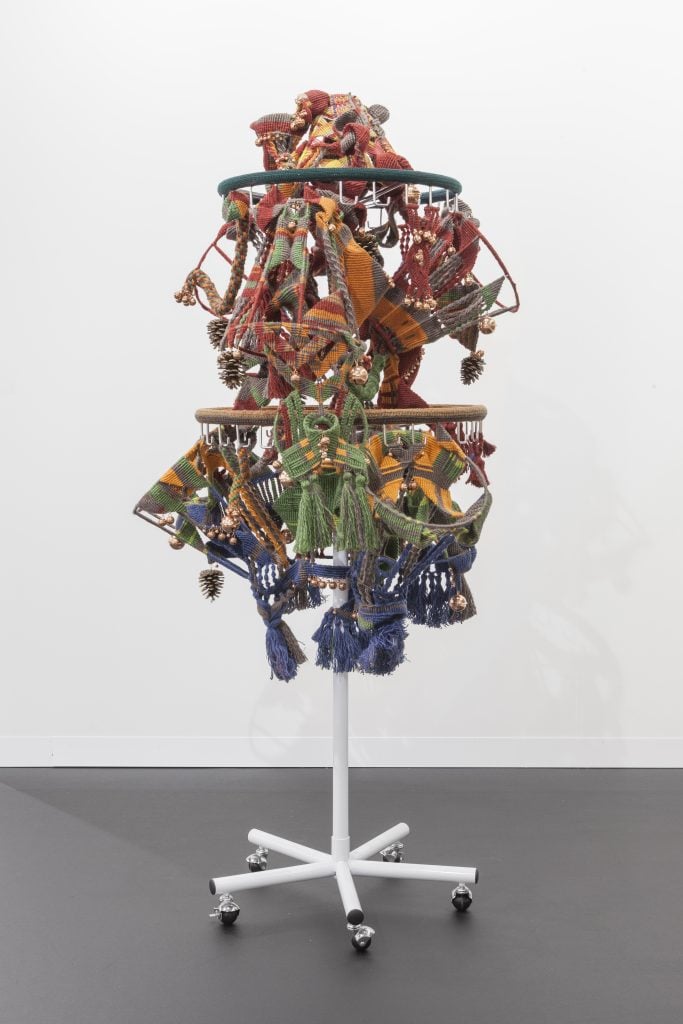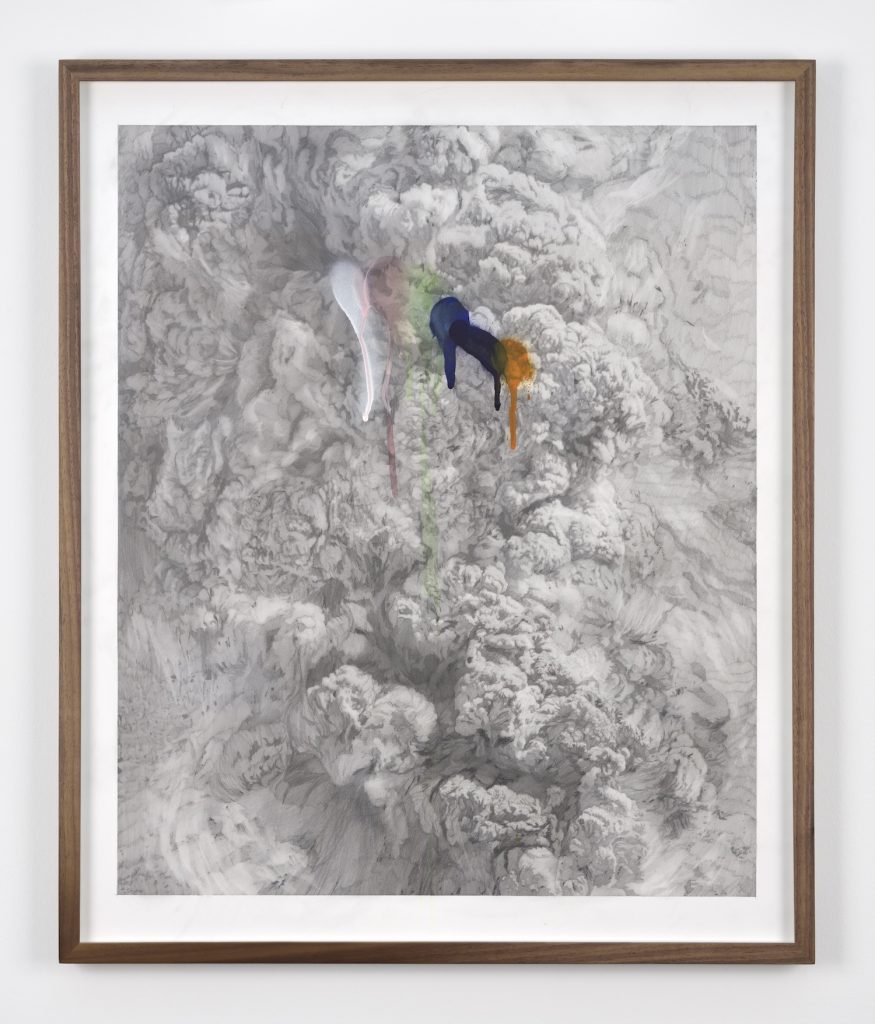Buyer's Guide
Paris’s Asia Now Fair Returns for Its Seventh Edition With a Focus on Iran and Environmentalism
The spotlight is on non-Western approaches offered by Asian and diaspora artists.

The spotlight is on non-Western approaches offered by Asian and diaspora artists.

Artnet Gallery Network

Paris’s Asia Now art fair is returning for its 7th edition this October and—after the upheavals of the past two years—the fair has found a new focus on issues of global consciousness and with it, a bit more gravitas. Alexandra Fain, Asia Now director and founder, wants this year’s event to be a launchpad for exploring alternate futures, be they societal or ecological.
“The years 2020 and 2021, by settling us in a concept of sustainable crisis, have invited us to become more aware,” Fain said. “The fair is opting to confront this with a vision absent of romanticism or nostalgia. Although the situation may appear hostile, we wanted to avoid resigning ourselves in defeat, and instead to trumpet and support the positive efforts that are in fact happening.”
Following in that ethos, this year’s fair is themed “Arts of Living on a Damaged Planet” and takes its inspiration from the writings of anthropologist Anna L. Tsing. With 40 galleries participating, there is a lot happening at this year’s reconsidered Asia Now—below we’ve highlighted three central developments.

Moslem Khezri, We Keep Reviewing 37 (2020). Courtesy of Saradipour Art.
This year, the fair has expanded its scope to include countries in western Asia, with a section of the fair devoted exclusively to Iran. With the help of collectors Tatiana von Gecmen-Waldeck and Anahita Vessier, seven galleries based in Tehran will be joining the fair this year, while a spate of other international galleries will be showcasing artists of the Iranian diaspora as well. Odile Burluraux, curator at the Musée d’Art Moderne de Paris, meanwhile has curated a set of programming focused on Iranian video artists.
Jean-Marc Decrop, art collector and Asian art specialist, was on this year’s artistic committee for the Iranian platform. “Iran is fascinating,” Decrop said, “because it is a civilization with 7,000 years of history, a cultural capital that has produced many great artists. Today we find some artists working with those classic propositions, like reinterpreting Persian miniatures, while others engage in practices that are more conceptual. We see growing interest from different parts of the world, namely China and the Persian Gulf, in this new territory.”
Tehran-based galleries +2 Gallery, Ag Galerie, Aaran Gallery, Azad Art Gallery, Zaim, Bavan Gallery, Etemad Gallery, and Mohsen Gallery will all showcase artists who live and work in Iran, and whose work has rarely been shown to the European public.

Haegue Yang, Knotty Spell in Chunky Forest (2016). Courtesy of Galerie Chantal Crousel, Paris.
The perilous state of the global climate and ensuing issues of migration are conversations the art world is still learning how to best engage. This year, Asia Now explores the culturally distinct ways that Asian art can offer insight into humanity’s relationship with the environments. Kathy Alliou, director at Beaux-Arts de Paris, has curated a group of specially commissioned works inspired by Japan’s matsutake mushroom—a fungus that has nearly disappeared from forests of Japan but grows in other parts of the world, a migration not dissimilar from that of humans.
In addition, Nicolas Bourriaud, the art historian, critic, and independent curator, is presenting an exhibition under the title of the Chinese idea of “shun,” or “going with the flow,” as it relates to nature. Bourriaud sets Taoist China in opposition to the West and what he perceives as its utilitarian relationship to nature. He has invited artists Hu Xiaoyuan, Haegue Yang, Guan Xiao, Natsuko Uchino, Ko Sin Tung, Ji Hye Yeom, and Timur Si-Qin to contribute.
Another set of programming put together by the arts association Thanks for Nothing will present timely discourse on art, the awakening of conscience, and their relationship to ecology.

Thu-Van Tran, Rainbow Herbicides #1 (2020). Courtesy of Asia Now.
Asia Now launched in 2015 with the ambition of showcasing both emerging and established Asian artists to a European audience. While today the fair includes names that have become more globally prominent, the event still aims to support those who have been underexposed or overlooked. This year the fair has partnered with the Musée National des Arts Asiatiques– Guimet to host “L’Asie Maintenant,” an exhibition of Vietnamese-born artist Thu-Van Tran’s work in the museum’s magnificent library. Meanwhile, at the Hôtel d’Heidelbach, the fair is showcasing the work of another France-based artist of the Vietnamese diaspora, Huong Dodinh. Curated by Hervé Mikaeloff, this installation spotlights an artist whose oeuvre remains largely unknown to the public, despite an artistic practice that spans more than 50 years.
Asia Now art fair runs October 21–24 at 9 Avenue Hoche, 75008 Paris.